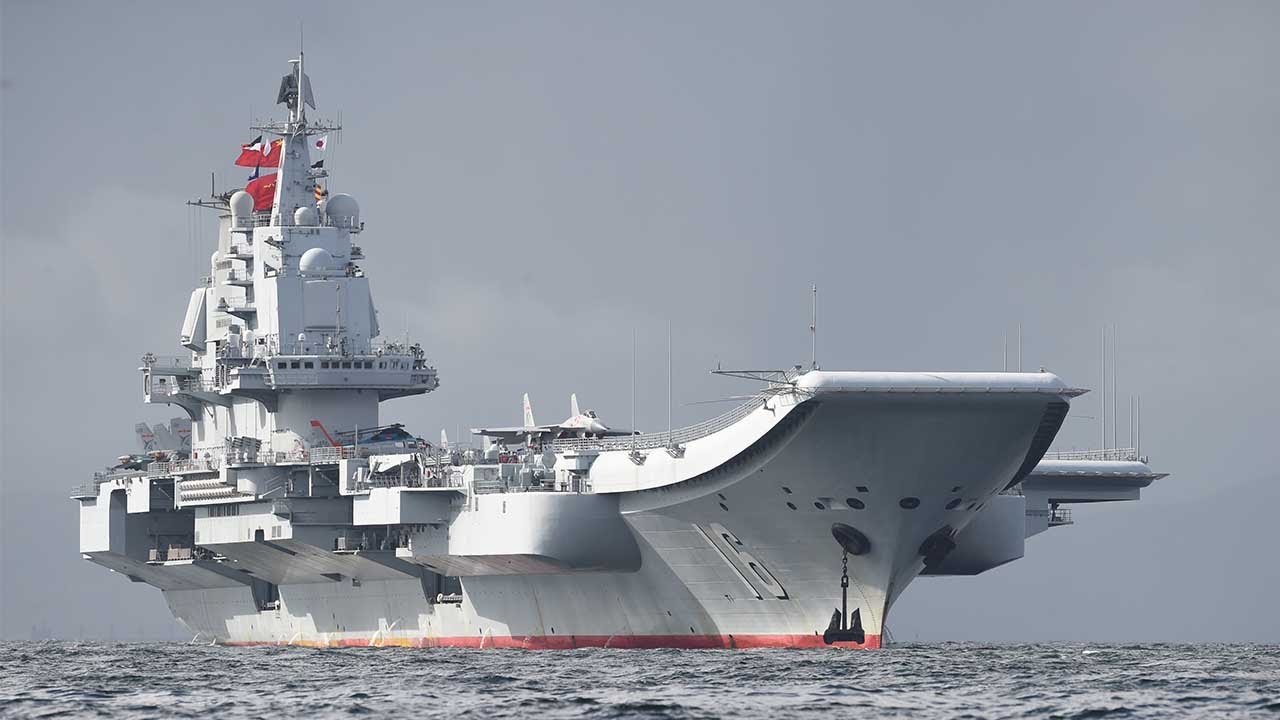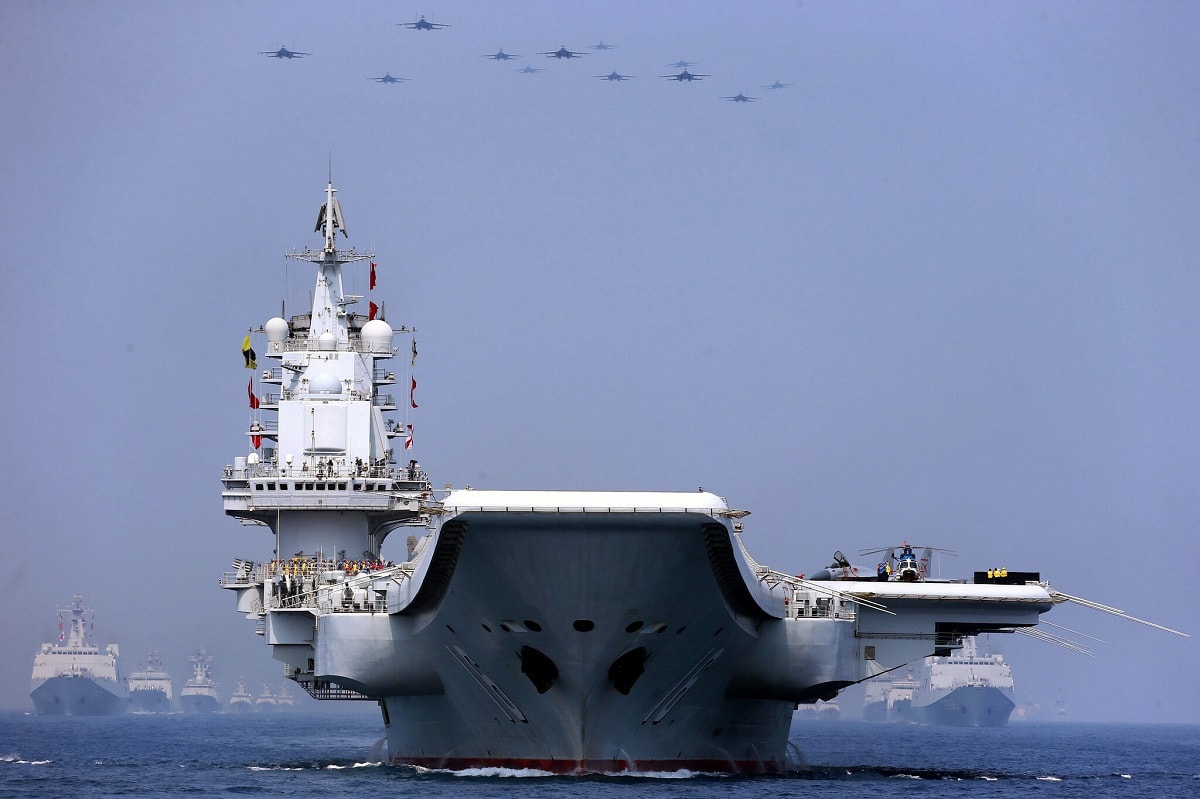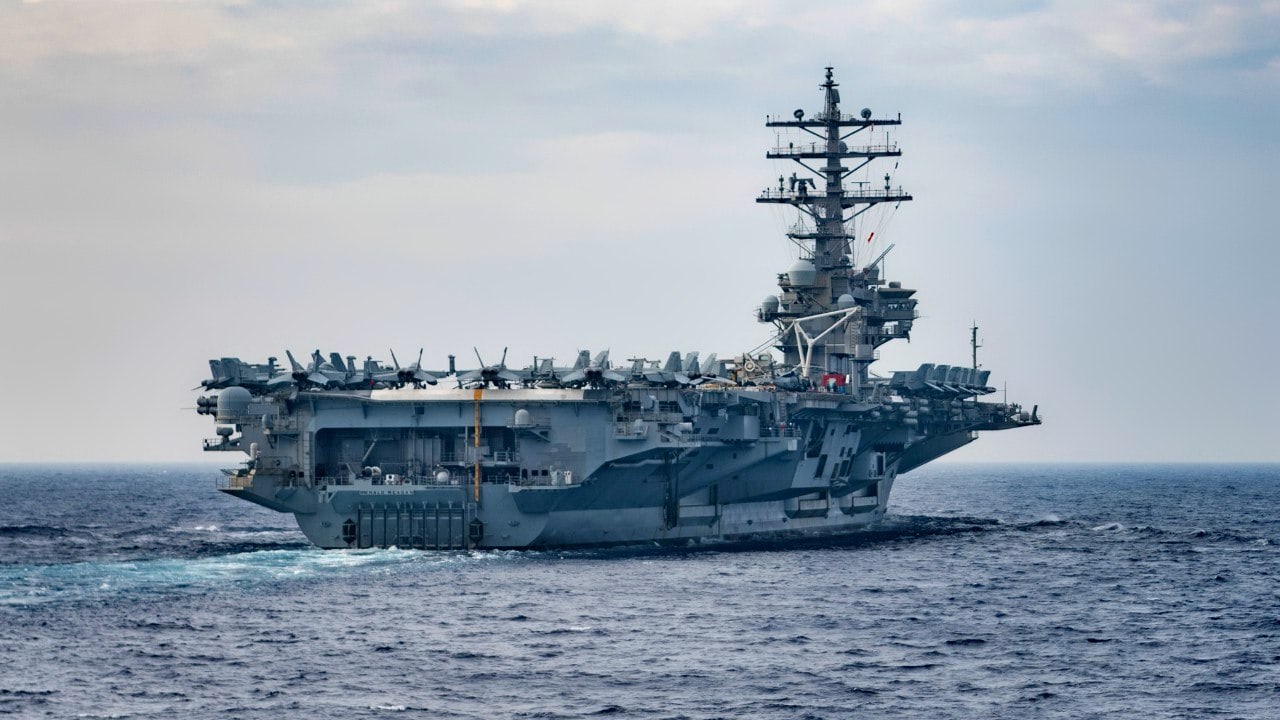Article Summary and Key Points: The HMAS Melbourne, originally Britain’s HMS Majestic, served the Royal Australian Navy for decades as an aircraft carrier despite being marred by tragic collisions. Its retirement in 1982 became significant when China acquired the vessel, studying its catapult system, angled flight deck, and arresting gear.
Key Point #1 – China’s strategy of analyzing older foreign carriers advanced its own carrier program, leading to sophisticated platforms such as the Liaoning, Shandong, and Fujian.
Key Point #2 – Now building the nuclear-powered Type 004, China is leveraging lessons learned from carriers like HMAS Melbourne to establish a modern navy capable of significant power projection, demonstrating the lasting strategic impact of such acquisitions.
How Australia’s HMAS Melbourne Helped China Build Powerful Aircraft Carriers
The HMAS Melbourne served as the flagship of the Royal Australian Navy for more than two decades.
Though it originally entered service with the Royal Navy as the HMS Majestic, Australia bought the carrier in the mid-1950s, where it served as a light aircraft carrier and provided air defense for Australian fleets, trained navy pilots, and played a role as an anti-submarine warfare asset.
The HMAS Melbourne’s service with Australia was severely marred by two major collisions. In 1964, the carrier rammed the HMAS Voyager, an Australian destroyer, and sank it. Later, in 1969, the HMAS Melbourne collided with the USS Frank E. Evans, with dozens of losses of life.
But despite these significant accidents, the HMAS Melbourne remained in Australian service until its retirement in 1982.
China’s Aircraft Carrier Program Advances In a Sneaky Way
Following the Sino-Soviet split during the Cold War, China began to see a need for an aircraft carrier capability as the prospect of war with the world’s two superpowers — the United States and the Soviet Union — loomed large.
Though China had no indigenous aircraft carrier experience, it began a program of purchasing old and out-of-service aircraft carriers in order to learn how to build and maintain their carriers eventually, but under the guise of non-military civilian use. Such was the case with the HMAS Melbourne.
One notable example of this strategy was the former Soviet aircraft carrier, the Varyag. China purchased the half-built carrier from Ukraine following the collapse of the Soviet Union. At that time, Ukraine did not have a use for the carrier, so they sold it rather than finished the ship. A Chinese buyer purchased the carrier, saying that he would turn it into a floating casino.
But rather than being used for entertainment, the Soviet carrier enjoyed a new lease on life — in service with the People’s Liberation Army Navy as the Liaoning — China’s first aircraft carrier. Finally finished and refitted, that carrier provided a template for further Chinese progress in building aircraft carriers.
HMAS Melbourne: Another Aircraft Carrier Lesson for China?
In a similar vein, the Chinese studied the HMAS Melbourne, which likely gave great insight into carrier design, when it was sold for scrapping to Beijing in 1985.
In particular, the HMAS Melbourne’s steam catapult system, its angled flight deck, and arresting gear for landing likely proved to be an informational goldmine for the Chinese in their mission to build increasingly sophisticated carriers.
Following the acquisition of the HMAS Melbourne, China’s carrier program has expanded dramatically. After the PLAN commissioned the Liaoning, China built its first domestically-produced aircraft carrier, the Shandong, which is closely based on the Liaoning. A third carrier — and China’s first flat-top — the Fujian, was launched in 2022 and is the most advanced by far, featuring an electromagnetic catapult system, marking a huge leap forward in PLAN naval aviation.
The Type 004
While those previous carriers were nowhere near as sophisticated as their more advanced counterparts in the United States, China currently has another carrier in development that could rival the U.S. Navy’s Ford-class supercarriers.
The Type 004, currently under construction, is China’s first nuclear-powered aircraft carrier. Thanks to the virtually unlimited endurance afforded by the Type 004’s nuclear propulsion, the PLAN will have the ability to project power and naval aviation far away from its shores.
Although China has never acknowledged the role that the HMAS Melbourne played in its carrier development program, it fits within China’s strategy of purchasing old and retired carriers for study and examination into construction techniques and as a valuable tool for future carrier construction.
As the PLAN continues to grow its carrier abilities, it’s clear that foreign aircraft carriers played a crucial role in the PLAN’s development.
Photos of China’s Aircraft Carriers

Image: CCTV screenshot.

Chinese Aircraft Carrier. Image Credit: Creative Commons.

Image: Creative Commons.
About the Author: Caleb Larson
Caleb Larson is an American multiformat journalist based in Berlin, Germany. His work covers the intersection of conflict and society, focusing on American foreign policy and European security. He has reported from Germany, Russia, and the United States. Most recently, he covered the war in Ukraine, reporting extensively on the war’s shifting battle lines from Donbas and writing on the war’s civilian and humanitarian toll. Previously, he worked as a Defense Reporter for POLITICO Europe. You can follow his latest work on X.

